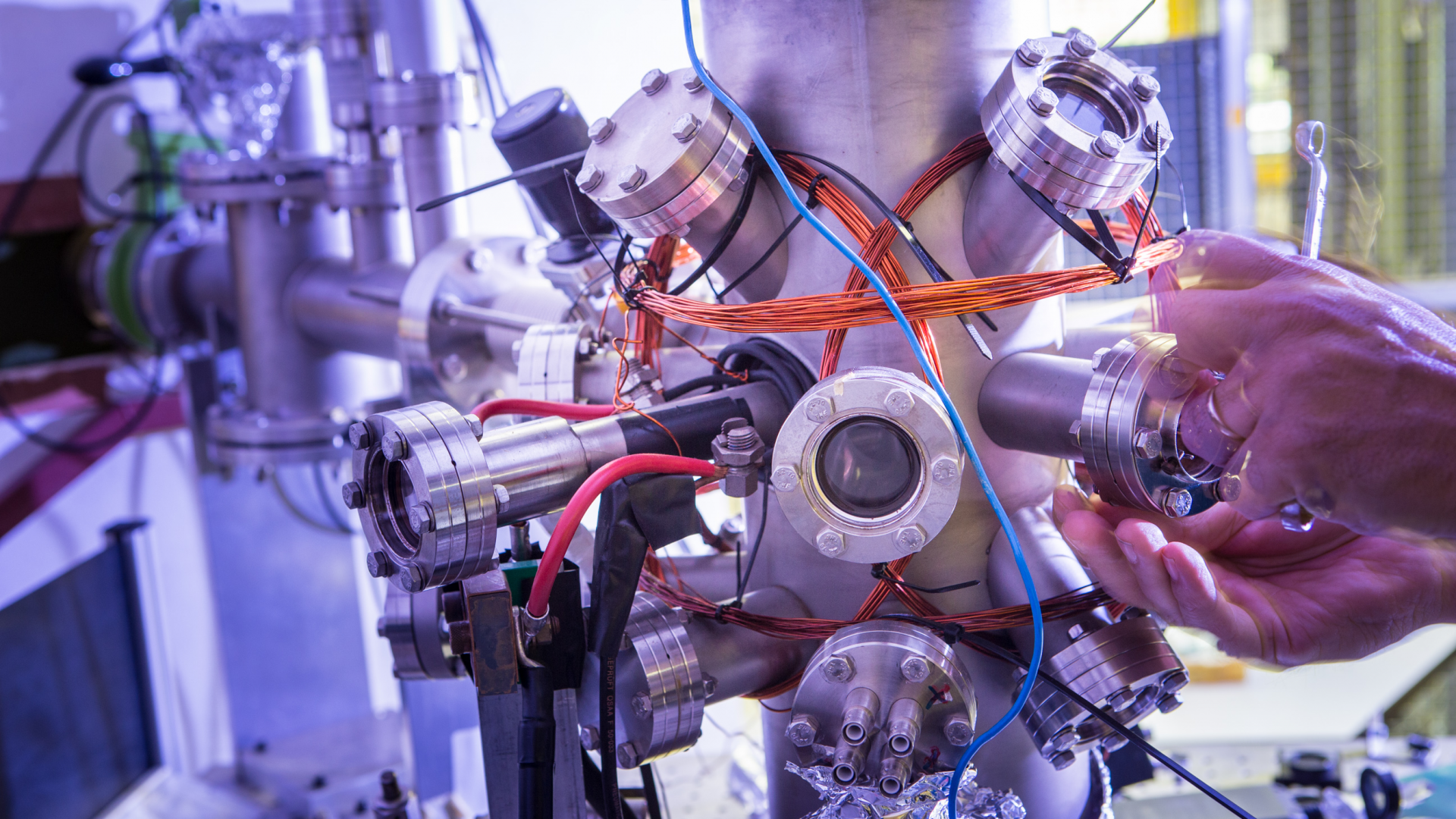Sylvianne Roscam Abbing PhD defense

About the thesis
The thesis presents experimental techniques and results that demonstrate control over both gas-based and solid-based high-harmonic generation (HHG) in the extreme-ultraviolet regime. HHG is a unique method to generate a broadband coherent spectrum extending into the extreme-ultraviolet (XUV) range. The HHG method has enabled researchers over the last decades to create a light source that revolutionized attosecond science.
The temporal and spatial resolution of HHG enables investigation of strong-field light-matter interaction in the ultrafast and ultrasmall dimensions, and finds applications in attosecond science, lensless imaging, and industrial metrology. Unfortunately, the intrinsic low conversion efficiency of HHG and the limited methods to control the generated XUV wavefront, slow down present research and future development of applications that are based on HHG. Control over the HHG process is essential to improve the conversion efficiency and XUV wavefront characteristics, in order to facilitate next-generation attosecond science and metrology.








